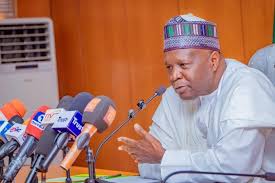The National Bureau of Statistics (NBS) has reported that Nigeria’s unemployment rate fell to 4.3 per cent in the second quarter (Q2) of 2024, down from 5.3 per cent in Q1 2024. This rate measures the percentage of the labor force actively seeking employment.
According to the report, unemployment among males was 3.4 per cent, while it stood at 5.1 per cent for females. Urban areas recorded a 5.2 per cent unemployment rate, compared to 2.8 per cent in rural regions. Youth unemployment also saw a decline, dropping from 8.4 per cent in Q1 to 6.5 per cent in Q2 2024.
The report provided further insights by education level, showing an unemployment rate of 4.8 per cent for those with post-secondary education, 8.5 per cent for individuals with upper secondary education, 5.8 per cent for lower secondary education holders, and 2.8 per cent for those with primary education.
Employment-to-population ratio—the share of employed people in the working-age population—increased to 76.1 per cent in Q2 2024, up from 73.1 per cent in Q1. This ratio was 77.2 per cent for males and 75 per cent for females, with urban areas at 73.2 per cent and rural areas at 80.8 per cent.
The labour market also showed a notable rise in self-employment, with 85.6 per cent of Nigeria’s working population engaged in self-employment during Q2 2024. The self-employment rate was higher among females at 88.3 per cent, compared to 82.2 per cent among males. By residence, rural areas had a self-employment rate of 94.3 per cent, while urban areas stood at 79.7 per cent.
This data reflects a shift in Nigeria’s labour market toward increased self-employment, particularly in rural regions, as more individuals pursue independent work opportunities.





